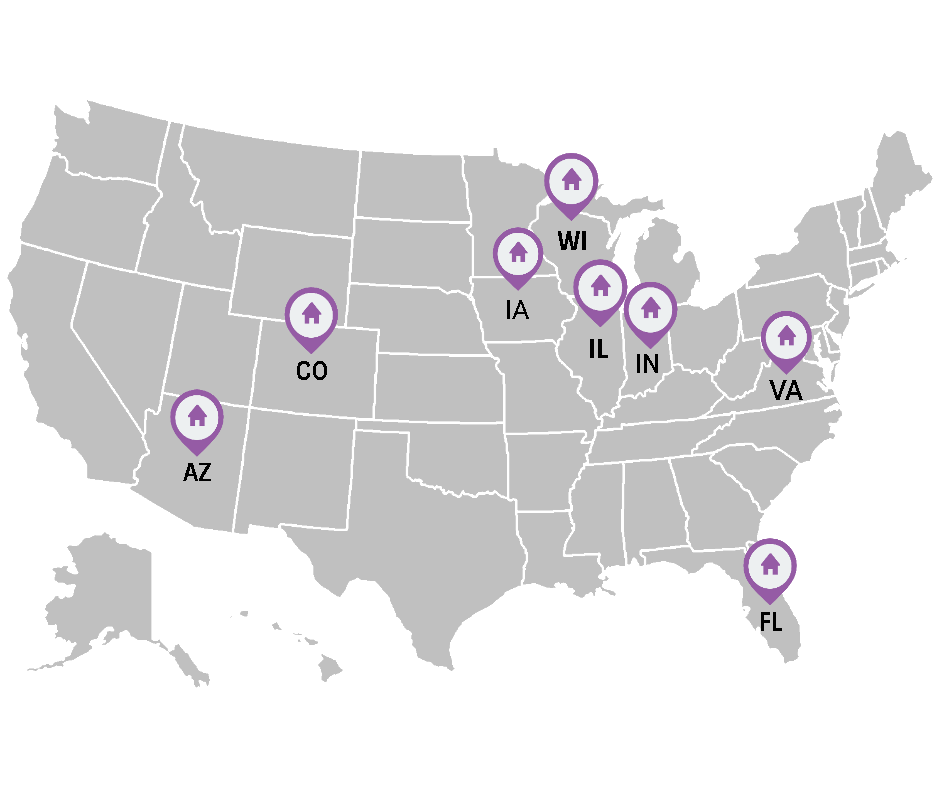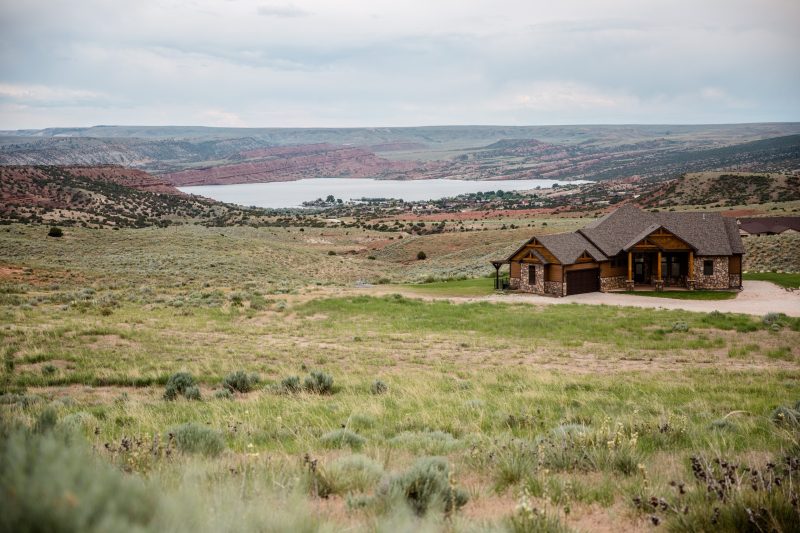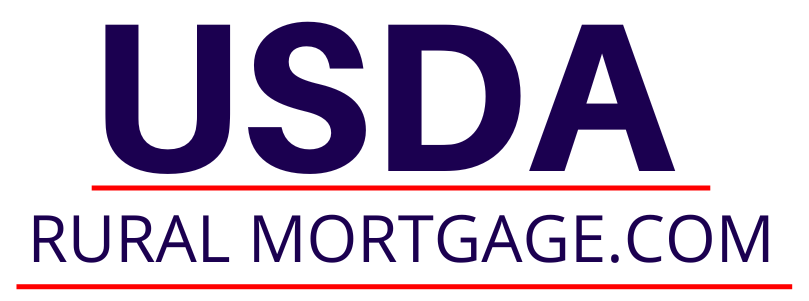Colorado USDA Loan Benefits
Understanding the Benefits of Colorado USDA Home Loans
The United States Department of Agriculture (USDA) Home Loan program is a government-backed initiative designed to make homeownership more accessible and affordable, particularly in and around Colorado, IL. This program offers unique benefits for both purchasing and refinancing homes, aiming to boost the quality of life in these communities.
Key Benefits of Colorado USDA Home Loans for Purchasing a Home
1. No Down Payment Required
One of the most significant benefits of a USDA loan in Colorado is the zero down payment requirement. This feature opens doors for many potential homeowners who may not have substantial savings.
2. Competitive Interest Rates
Colorado USDA loans typically offer lower interest rates compared to conventional loans. This can result in significant savings over the life of the loan.
3. Flexible Credit Guidelines
The program offers more lenient credit requirements, making it easier for those with less-than-perfect credit scores to qualify.
4. 100% Financing
With the ability to finance up to 100% of the home’s value, borrowers can cover the entire purchase price without needing upfront cash.
5. Reduced Mortgage Insurance
Compared to other loan types, Colorado USDA loans require lower mortgage insurance premiums, reducing monthly payments.
Call Today (888)767-0554
Benefits of Refinancing a Colorado USDA Loan
1. Streamlined Refinancing
The Colorado USDA Streamline Refinance program allows for easy refinancing without the need for a new appraisal, credit review, or property inspection, simplifying the process.
2. Lower Monthly Payments
Refinancing a USDA loan in Colorado can lead to lower interest rates and monthly payments, providing financial relief to homeowners.
3. No Out-of-Pocket Costs
All refinancing fees can be included in the loan, eliminating the need for upfront payment.
4. Access to Equity
For those who qualify, the Colorado USDA program can allow homeowners to tap into their home equity for important expenses.
Eligibility and Application
To qualify for a Colorado USDA Home Loan, applicants must meet certain criteria, including income limits, creditworthiness, and property location. The property must be in an eligible rural or suburban area as defined by the USDA.
Eligibility and Application
To qualify for a Colorado USDA Home Loan, applicants must meet certain criteria, including income limits, creditworthiness, and property location. The property must be in an eligible rural or suburban area as defined by the USDA.
Conclusion
Colorado USDA Home Loans offer a pathway to homeownership with benefits like no down payment, competitive rates, and flexible credit guidelines. For those looking to refinance, the program provides streamlined options with potential savings. Embracing these benefits can lead to significant financial advantages and a more accessible path to owning or refinancing your home.
Get Started
Ready to explore your options with a Colorado USDA Home Loan? Contact our team of experts today to begin your journey towards affordable homeownership or refinancing!

Get on the Path to Home Ownership. We got your Back!
Buy a Home or Refinance

Get Pre-Qualified Now
Colorado, IL USDA Benefits
- No down payment required
- Low 30 year fixed rate
- 102% financing (100% plus the guarantee fee that can be financed or paid for by the seller)
- Can finance closing costs if appraisal above sales price
- Competitive rates (as set by the underwriting lenders)
- Minimal mortgage insurance required
- No cash contribution required from borrower
- Gift Funds Allowed
- No maximum loan amount (although there are family income limits)
- No reserves required
- Streamlined credit approval for scores above 640
- Can refinance an existing USDA loan to get a better interest rate if available
Colorado, IL USDA Maps
Colorado (/ˌkɒləˈrædoʊ, -ˈrɑːdoʊ/ ⓘ KOL-ə-RAD-oh, -RAH-doh,[8][9] other variants[10]) is a landlocked state in the Mountain West subregion of the Western United States. Colorado borders Wyoming to the north, Nebraska to the northeast, Kansas to the east, Oklahoma to the southeast, New Mexico to the south, Utah to the west, and meets Arizona to the southwest at the Four Corners. Colorado is noted for its landscape of mountains, forests, high plains, mesas, canyons, plateaus, rivers, and desert lands. Colorado is one of the Mountain States and is often considered to be part of the southwestern United States. The high plains of Colorado may be considered a part of the midwestern United States. It encompasses most of the Southern Rocky Mountains, as well as the northeastern portion of the Colorado Plateau and the western edge of the Great Plains. Colorado is the eighth most extensive and 21st most populous U.S. state. The United States Census Bureau estimated the population of Colorado at 5,877,610 as of July 1, 2023, a 1.80% increase since the 2020 United States census.[11]
The region has been inhabited by Native Americans and their ancestors for at least 13,500 years and possibly much longer. The eastern edge of the Rocky Mountains was a major migration route for early peoples who spread throughout the Americas. In 1848, much of the Nuevo México region was annexed to the United States with the Treaty of Guadalupe Hidalgo. The Pike’s Peak Gold Rush of 1858–1862 created an influx of settlers. On February 28, 1861, U.S. President James Buchanan signed an act creating the Territory of Colorado,[2] and on August 1, 1876, President Ulysses S. Grant signed Proclamation 230 admitting Colorado to the Union as the 38th state.[3] The Spanish adjective “colorado” means “colored red” or “ruddy”. Colorado is nicknamed the “Centennial State” because it became a state one century (and four weeks) after the signing of the United States Declaration of Independence.
Get the Latest USDA Mortgage News!

Great Cities in Virginia for First Time Home Buyers
What cities in Virginia are great for first time home buyers? BRIAN BIRK | 4-MINUTE [...]
Great Cities in Washington for First Time Home buyers
What cities in Washington are great for first time home buyers? BRIAN BIRK | 4-MINUTE [...]
Great Cities in West Virginia for First Time Home Buyers
What cities in West Virginia are great for first time home buyers? BRIAN BIRK | 4-MINUTE [...]
Great cities in Wisconsin for First Time Homebuyers
What Cities are Great for First Time Homebuyers in Wisconsin BRIAN BIRK | 4-MINUTE READ 6/20/2023 Wisconsin offers several cities [...]
Great Cities in Wyoming for First Time Homebuyers
What cities in Wyoming are good for first time home buyers? BRIAN BIRK | 4-MINUTE [...]
USDA Home Loan Closing Cost Guide
BRIAN BIRK | 4-MINUTE READ 5/23/2023 Closing costs are fees and expenses that home buyers pay in the final stage of a property [...]
Some of the Best Loans for Buying a House
The Best Loan for Buying a House: BRIAN BIRK | 3-MINUTE READ 5/18/2023 The best [...]
USDA Home Loan VS FHA Home Loan
USDA Loan vs FHA Loan BRIAN BIRK | 4-MINUTE READ 5/18/2023 USDA loans and FHA loans are both types of [...]
Conventional Home Loan VS USDA Home Loan
Conventional loan vs USDA Loan BRIAN BIRK | 4-MINUTE READ 4/11/2023 A conventional loan is a mortgage loan that is [...]
Refinancing your USDA Home Loan to Pay Off Debt
Refinancing a USDA Home Loan to Pay Off Debt BRIAN BIRK | 3-MINUTE READ 4/1/2023 Yes, it is possible to refinance your [...]
Find out about Colorado USDA Benefits 888-767-0554.
Find out what Colorado USDA Benefits are Available!
- New York USDA Loan Benefits
- South Carolina USDA Loan Benefits
- Rhode Island USDA Loan Benefits
- Hawaii USDA Loan Benefits
- California USDA Loan Benefits
- Pennsylvania USDA Loan Benefits
- Massachusetts USDA Loan Benefits
- Indiana USDA Loan Benefits
- New Hampshire USDA Loan Benefits
- Illinois USDA Loan Benefits
- Alaska USDA Loan Benefits
- Kansas USDA Loan Benefits
- Maryland USDA Loan Benefits
- Nebraska USDA Loan Benefits
- Wisconsin USDA Loan Benefits
- New Mexico USDA Loan Benefits
- Ohio USDA Loan Benefits
- Florida USDA Loan Benefits
- Washington USDA Loan Benefits
- Missouri USDA Loan Benefits
- Oklahoma USDA Loan Benefits
- New Jersey USDA Loan Benefits
- Michigan USDA Loan Benefits
- Iowa USDA Loan Benefits
- Wyoming USDA Loan Benefits
- Oregon USDA Loan Benefits
- Mississippi USDA Loan Benefits
- Louisiana USDA Loan Benefits
- Vermont USDA Loan Benefits
- Connecticut USDA Loan Benefits
- Maine USDA Loan Benefits
- Nevada USDA Loan Benefits
- Utah USDA Loan Benefits
- Arizona USDA Loan Benefits
- Texas USDA Loan Benefits
- Georgia USDA Loan Benefits
- West Virginia USDA Loan Benefits
- Tennessee USDA Loan Benefits
- Alabama USDA Loan Benefits
- Kentucky USDA Loan Benefits
- Virginia USDA Loan Benefits
- South Dakota USDA Loan Benefits
- Minnesota USDA Loan Benefits
- North Carolina USDA Loan Benefits
- North Dakota USDA Loan Benefits
- Arkansas USDA Loan Benefits
- Delaware USDA Loan Benefits
- Montana USDA Loan Benefits
- Puerto RIco USDA Loan Benefits
- Idaho USDA Loan Benefits

